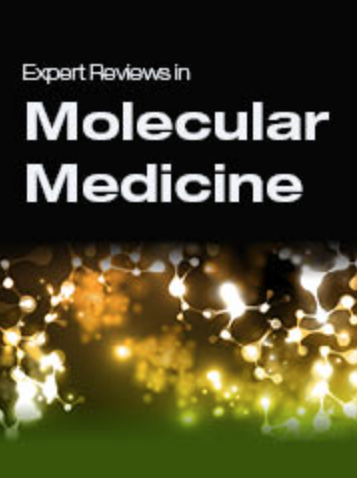AAV-mediated gene therapies for glaucoma and uveitis: are we there yet?
IF 5.5
2区 医学
Q1 BIOCHEMISTRY & MOLECULAR BIOLOGY
引用次数: 0
Abstract
Glaucoma and uveitis are non-vascular ocular diseases which are among the leading causes of blindness and visual loss. These conditions have distinct characteristics and mechanisms but share a multifactorial and complex nature, making their management challenging and burdensome for patients and clinicians. Furthermore, the lack of symptoms in the early stages of glaucoma and the diverse aetiology of uveitis hinder timely and accurate diagnoses, which are a cause of poor visual outcomes under both conditions. Although current treatment is effective in most cases, it is often associated with low patient adherence and adverse events, which directly impact the overall therapeutic success. Therefore, long-lasting alternatives with improved safety and efficacy are needed. Gene therapy, particularly utilising adeno-associated virus (AAV) vectors, has emerged as a promising approach to address unmet needs in these diseases. Engineered capsids with enhanced tropism and lower immunogenicity have been proposed, along with constructs designed for targeted and controlled expression. Additionally, several pathways implicated in the pathogenesis of these conditions have been targeted with single or multigene expression cassettes, gene editing and silencing approaches. This review discusses strategies employed in AAV-based gene therapies for glaucoma and non-infectious uveitis and provides an overview of current progress and future directions.AAV 介导的青光眼和葡萄膜炎基因疗法:我们成功了吗?
青光眼和葡萄膜炎属于非血管性眼病,是导致失明和视力丧失的主要原因之一。这两种疾病的特点和机制各不相同,但都具有多因素和复杂性的特点,因此对患者和临床医生来说,这两种疾病的治疗充满挑战和负担。此外,青光眼早期症状不明显,葡萄膜炎病因多样,这些都阻碍了及时准确的诊断,是导致这两种疾病视力低下的原因之一。虽然目前的治疗方法在大多数情况下是有效的,但往往与患者依从性低和不良事件有关,这直接影响了整体治疗的成功率。因此,我们需要安全性更高、疗效更好的长效替代疗法。基因疗法,尤其是利用腺相关病毒(AAV)载体的疗法,已成为解决这些疾病未得到满足的需求的一种前景广阔的方法。人们提出了具有更强趋向性和更低免疫原性的工程化囊壳,以及设计用于靶向和可控表达的构建体。此外,单基因或多基因表达盒、基因编辑和沉默方法也已针对与这些疾病的发病机制有关的几种途径进行了研究。本综述讨论了基于 AAV 的青光眼和非感染性葡萄膜炎基因疗法所采用的策略,并概述了当前的进展和未来的方向。
本文章由计算机程序翻译,如有差异,请以英文原文为准。
求助全文
约1分钟内获得全文
求助全文
来源期刊

Expert Reviews in Molecular Medicine
BIOCHEMISTRY & MOLECULAR BIOLOGY-MEDICINE, RESEARCH & EXPERIMENTAL
CiteScore
7.40
自引率
1.60%
发文量
45
期刊介绍:
Expert Reviews in Molecular Medicine is an innovative online journal featuring authoritative and timely Reviews covering gene therapy, immunotherapeutics, drug design, vaccines, genetic testing, pathogenesis, microbiology, genomics, molecular epidemiology and diagnostic techniques. We especially welcome reviews on translational aspects of molecular medicine, particularly those related to the application of new understanding of the molecular basis of disease to experimental medicine and clinical practice.
 求助内容:
求助内容: 应助结果提醒方式:
应助结果提醒方式:


